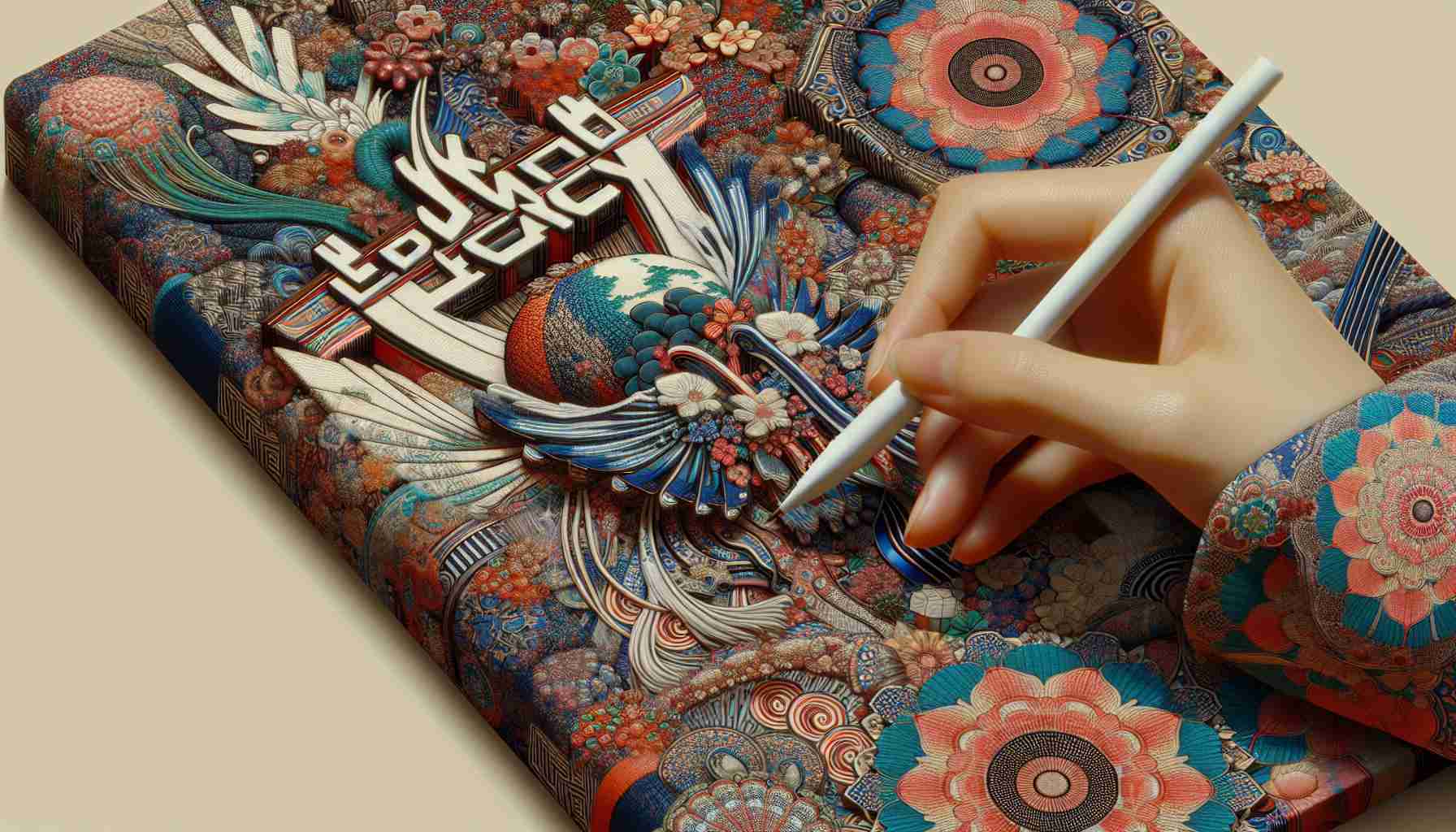- Japan captivated global audiences in the late 19th century with its exquisite craftsmanship at international expositions, known as world fairs.
- The Vienna World’s Fair of 1873 marked Japan’s formal debut, showcasing traditional arts like ceramics and textiles, sparking the “Japonisme” phenomenon in Europe.
- Japan’s influence extended to domestic exhibitions, promoting regional artisans with government support, highlighting the talent of contributors like Takashimaya, a textile merchant from Kyoto.
- Takashimaya was renowned for their meticulously embroidered and dyed textiles, which blurred the lines between craft and art.
- The global appreciation and inspiration derived from Japan’s craftsmanship continue to impact art and design, showcasing the enduring allure of handcrafted beauty.
Stepping into a new era of global appreciation, the late 19th century saw Japan captivating the world with its exquisite craftsmanship. At international expositions, where the industrial titans of the West flaunted their technological marvels, Japan dazzled with intricate hand-crafted masterpieces. These gatherings of innovation and culture, known as world fairs, served as global stages where nations brandished their crowning achievements.
Japan’s formal debut on this grand stage was at the Vienna World’s Fair of 1873, when the country, still in the early throes of industrialization, showcased a variety of traditional arts. From delicately painted ceramics to vibrantly dyed textiles, these exhibits did more than garner awards; they sparked a cultural phenomenon. The rich aesthetics and craftsmanship of Japan, collectively termed “Japonisme,” captured the hearts of Europe, influencing art and design across the continent.
Meanwhile, in Japan, the spirit of competition and showcase extended beyond international borders. Domestic exhibitions, supported by the government, emerged as platforms for regional artisans. Among the most prolific contributors was Takashimaya, a textile merchant from Kyoto. Whispered among connoisseurs but largely unsung in mainstream tales, Takashimaya repeatedly claimed accolades. Their submissions, meticulously embroidered and lushly dyed, blurred the lines between craft and art, affirming Japan’s cultural renaissance.
As exhibitions around the world celebrated progress, they also revealed the timeless allure of handcrafted beauty. Today, those marvels that bedazzled past generations continue to inspire and enchant. Exploring these creations offers a window into a formative era when art propelled a nation’s identity onto the world stage—reminding us of the profound impact that meticulous craftsmanship can have in shaping our shared global culture.
How Japan’s Masterful Craftsmanship Changed the World Forever
Japan’s Global Impact Through Craftsmanship
The late 19th century was a transformative period for Japan, marking its formal presentation to the global stage with artistry that left an indelible impact. At international expositions, particularly beginning with the Vienna World’s Fair in 1873, Japan demonstrated its profound ability to blend tradition with innovation. These world fairs, a mixture of cultural and technological showcases, became emblematic events where nations revealed their achievements.
Japonisme: A Cultural Wave Across Europe
Japan’s exhibitions featured stunning traditional arts, from intricately painted ceramics to vibrantly dyed textiles. The resulting fascination, termed “Japonisme,” fueled a cultural movement across Europe that reshaped Western art and design. Artists like Vincent van Gogh and Claude Monet drew inspiration from Japanese styles, evident in their works. This melding of cultures elevated awareness and appreciation for Japanese art, influencing movements such as Art Nouveau.
The Unsung Hero: Takashimaya
While international expositions set the stage for Japan’s global appreciation, domestic forums also thrived. Government-backed exhibitions within Japan itself showcased regional talent, heavily featuring artisans like Takashimaya, a Kyoto-based textile merchant. Takashimaya’s contributions were not merely artistic but also socio-economic, spurring industry growth and cultural pride. Their dyeing and embroidery techniques pushed the boundaries of art, integrating into the everyday lives of Japanese people.
Beyond Aesthetics: The Broader Implications
The introduction of Japanese arts and crafts to the world played a far-reaching role in shaping global culture and consciousness. By emphasizing meticulous craftsmanship, Japan reinvigorated interest in traditional methods in an era increasingly focused on industrialization. This focus on handcrafts contrasted with mass production, emphasizing quality, artistry, and human connection to craft.
A Lasting Legacy
Today, the masterpieces of Japan’s bygone era continue to captivate and inspire, underscoring the timeless allure of handcrafted beauty. These works have not only influenced aesthetics but also bolstered Japan’s role as a cultural arbiter on the world stage. They remind us of the intricate dance between technology and tradition, and how careful craftsmanship shapes our shared cultural narrative.
Critical Reflections and Questions
– How did Japonisme influence modern design trends? The cross-cultural impact of Japonisme can still be seen in minimalist design principles, simplicity, and the use of natural elements in modern aesthetics.
– What role did international fairs play in cross-cultural exchanges? These fairs democratized art and culture by providing a public platform for sharing and spreading diverse forms of art, ultimately leading to a more interconnected global discourse.
– Is there a contemporary equivalent to Takashimaya’s influence? Brands and designers today, such as Muji or Issey Miyake, continue to embody the spirit of innovation through tradition, drawing from Japan’s rich cultural heritage.
For more information on global exhibitions and Japonisme, visit these credible resources:
– Metropolitan Museum of Art
– British Museum
– Takashimaya
